Description
Indications
- To reduce total cholesterol and LDL cholesterol in patients with heterozygous and homozygous familial hypercholesterolemia.
- To reduce elevated cholesterol and triglycerides in patient with mixed dyslipidemia (Fredrickson Type Ia and Ib).
- For the treatment of patients with elevated serum triglyceride levels in hypertriglyceridaemia (Fredrickson Type IV).
- For the treatment of patients with dysbetalipoproteinaemia (Fredrickson Type III).
- To reduce cardiac ischaemic events in patients with asymptomatic or mild to moderate symptomatic coronary artery disease with elevated LDL-cholesterol level.
- To reduce total and LDL-cholesterol concentrations patients with hypercholesterolemia associated with or exacerbated by diabetes mellitus or renal transplantation.
Absorption: Atorvastatin is rapidly absorbed after oral administration; maximum plasma concentrations occur within 1 to 2 hours. Extent of absorption increases in proportion to Atorvastatin dose. The absolute bioavailability of Atorvastatin (parent drug) is approximately 14% and the systemic availability of HMG-CoA reductase inhibitory activity is approximately 30%.
Distribution: Mean volume of distribution of Atorvastatin is approximately 381 liters. Atorvastatin is 98% bound to plasma proteins. A blood/plasma ratio of approximately 0.25 indicates poor drug penetration into red blood cells. Based on observations in rats, Atorvastatin is likely to be secreted in human milk.
Metabolism: Atorvastatin is extensively metabolized to ortho- and parahydroxylated derivatives and various beta-oxidation products. In vitro inhibition of HMG-CoA reductase by ortho- and parahydroxylated metabolites is equivalent to that of Atorvastatin. Approximately 70% of circulating inhibitory activity for HMG-CoA reductase is attributed to active metabolites. In vitro studies suggest the importance of Atorvastatin metabolism by cytochrome P450 3A4, consistent with increased plasma concentrations of Atorvastatin in humans following coadministration with erythromycin, a known inhibitor of this isozymes. In animals, the ortho-hydroxy metabolite undergoes further glucuronidation.
Excretion: Atorvastatin and its metabolites are eliminated primarily in bile following hepatic and/or extra-hepatic metabolism; however, the drug does not appear to undergo enterohepatic recirculation. Mean plasma elimination half-life of Atorvastatin in humans is approximately 14 hours, but the half-life of inhibitory activity for HMG-CoA reductase is 20 to 30 hours due to the contribution of active metabolites. Less than 2% of a dose of Atorvastatin is recovered in urine following oral administration.
Dosage & Administration
- Adults: Usually 10 mg once daily; if necessary, may be increased at intervals of at least 4 weeks to max. 80 mg once daily.
- Child (10-18 years): Initially 10 mg once daily, increased if necessary at intervals of at least 4 weeks to usual max. 20 mg once daily.
Familial hypercholesterolaemia-
- Adults: Initially 10 mg daily, increased at intervals of at least 4 weeks to 40 mg once daily; if necessary, further increased to max. 80 mg once daily (or 40 mg once daily combined with anion-exchange resin in heterozygous familial hypercholesterolaemia).
- Child (10-18 years): Initially 10 mg once daily, increased if necessary at intervals of at least 4 weeks to usual max. 80 mg once daily.
Prevention of cardiovascular events-
- Adults: Initially 10 mg once daily adjusted according to response.
Another guideline:
The patient should be placed on a standard cholesterol-lowering diet before receiving Atorvastatin and should continue on this diet during treatment with Atorvastatin. The recommended starting dose of Atorvastatin is 10 or 20 mg once daily. Patients who require a large reduction in LDL-C (more than 45%) may be started at 40 mg once daily. The dosage range of Atorvastatin is 10 to 80 mg once daily. Atorvastatin can be administered as a single dose at any time of the day, with or without food. After initiation of Atorvastatin lipid levels should be analyzed within 2 to 4 weeks and dosage adjusted accordingly.
In hypercholesterolemia in Pediatric Patients (10-17 years of age) the recommended starting dose of Atorvastatin is 10 mg/day; the maximum recommended dose is 20 mg/day (doses greater than 20 mg have not been studied in this patient population). Doses should be individualized according to the recommended goal of therapy. Adjustments should be made at intervals of 4 weeks or more.
Interaction
Antacid: When atorvastatin and antacid suspension were coadministered, plasma concentrations of atorvastatin decreased approximately 35%. However, LDL-C reduction was not altered.
Colestipol: Plasma concentrations of atorvastatin decreased approximately 25% when colestipol and atorvastatin were coadministered. However, LDL-C reduction was greater when atorvastatin and colestipol were coadministered than when either drug was given alone.
Digoxin: When multiple doses of atorvastatin and digoxin were coadministered, steady-state plasma digoxin concentrations increased by approximately 20%. Patients taking digoxin should be monitored appropriately.
Erythromycin: In healthy individuals, plasma concentrations of atorvastatin increased approximately 40% with coadministration of atorvastatin and erythromycin, a known inhibitor of cytochrome P450 3A4.
Oral Contraceptives: Coadministration of atorvastatin and an oral contraceptive increased AUC values for norethindrone and ethinyl estradiol by approximately 30% and 20%. These increases should be considered when selecting an oral contraceptive for a woman taking atorvastatin.
Warfarin: Anzitor had no clinically significant effect on prothrombin time when administered to patients receiving chronic warfarin treatment.
Contraindications
Side Effects
Pregnancy & Lactation
Lactation: It is not known whether atorvastatin or its metabolites are excreted in human milk. In rats, plasma concentrations of atorvastatin and its active metabolites are similar to those in milk. Because of the potential for serious adverse reactions, women taking atorvastatin should not breastfeed their infants. Atorvastatin is contraindicated during breastfeeding.
Precautions & Warnings
Use in Special Populations
Pediatric: Pharmacokinetic data in the pediatric population are not available.
Gender: There is no clinically significant difference in LDL-C reduction with Anzitor between men and women.
Renal Insufficiency: Renal disease has no influence on the plasma concentrations or LDL-C reduction of Anzitor; thus, dose adjustment in patients with renal dysfunction is not necessary.
Hemodialysis: Hemodialysis is not expected to significantly enhance clearance of Anzitor since the drug is extensively bound to plasma proteins.
Hepatic Insufficiency: In patients with chronic alcoholic liver disease, plasma concentrations of Anzitor are markedly increased.
Overdose Effects
Therapeutic Class
Storage Conditions
Chemical Structure
| Molecular Formula : | C33H35FN2O5 |
| Chemical Structure : |
Common Questions about Anzitor 10 mg Tablet
What is Anzitor 10 mg Tablet?
How should I take Anzitor 10 mg Tablet?
What are the uses of Anzitor 10 mg Tablet?
What are the Side Effects of Anzitor 10 mg Tablet?
What are the instructions for storage and disposal Anzitor 10 mg Tablet?
Is Anzitor 10 mg Tablet used for lowering cholesterol?
Will taking Anzitor 10 mg Tablet increase my risk of diabetes?
For how long do I need to take Anzitor 10 mg Tablet? Is it safe for long-term use?
Does Anzitor 10 mg Tablet cause weight loss?
Can I stop taking Anzitor 10 mg Tablet?
Does Anzitor 10 mg Tablet cause memory loss?
Does Anzitor 10 mg Tablet make you tired?
Can Anzitor 10 mg Tablet be prescribed to children?
Is Anzitor 10 mg Tablet a blood thinner?
Quick Tips
- In general, Anzitor 10 mg Tablet is safe. It may cause diarrhea, gas or an upset stomach. If any of these happen to you, take it with food.
- Inform your doctor if you experience fatigue, muscle weakness or muscle pain.
- Your doctor may check your liver function before starting the treatment and regularly thereafter. Inform your doctor if you notice signs of liver problems such as stomach pains, unusually dark urine or yellowing of skin or eyes.
- Inform your doctor if you have kidney disease, liver disease or diabetes before starting treatment with this medicine. If you are diabetic, monitor your blood sugar level regularly as Anzitor 10 mg Tablet may cause an increase in your blood sugar level.
- Do not take Anzitor 10 mg Tablet if you are pregnant, planning a pregnancy or breastfeeding.


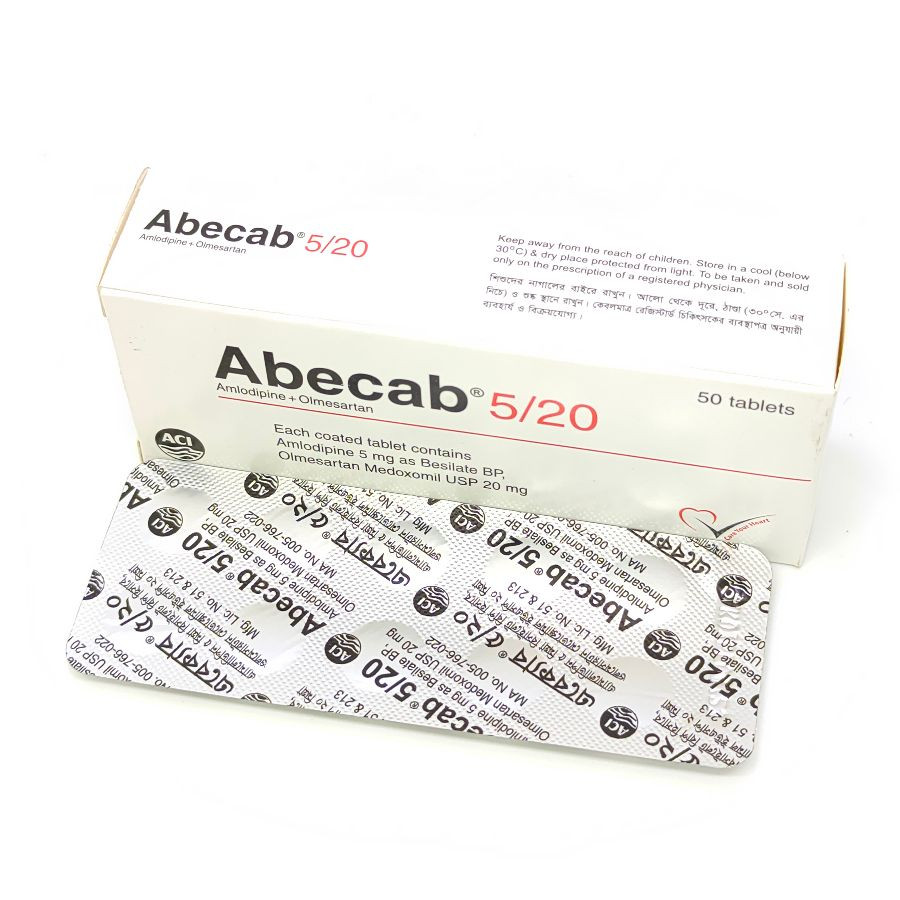

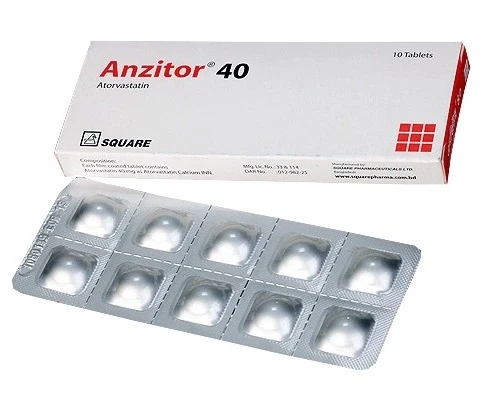
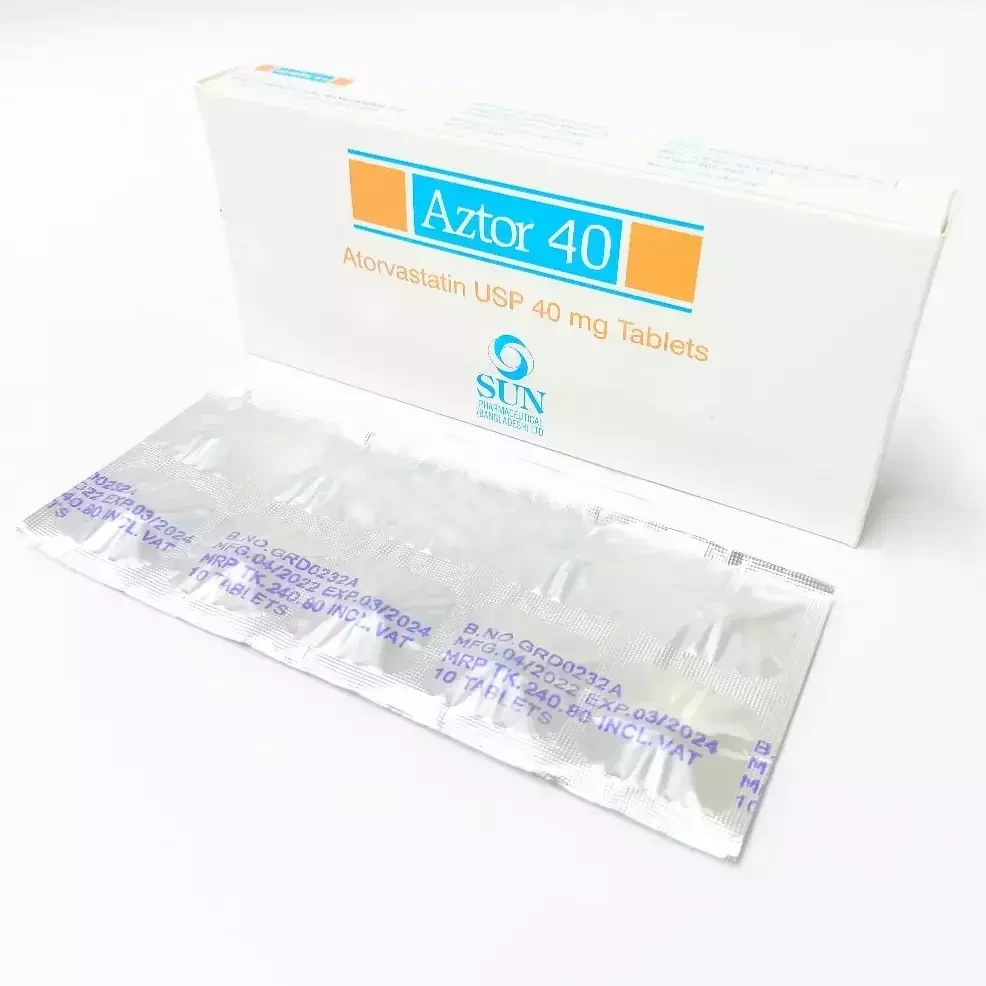

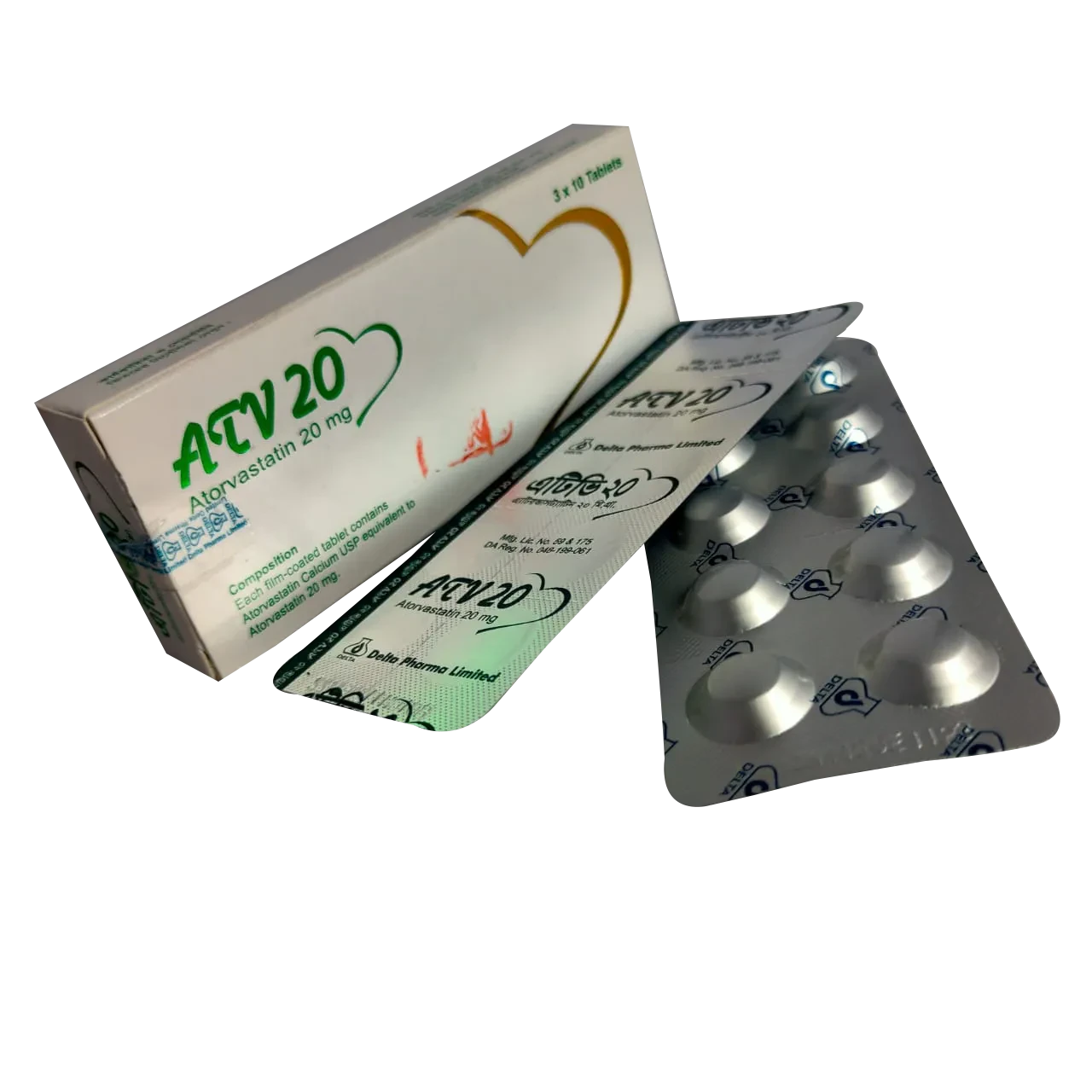
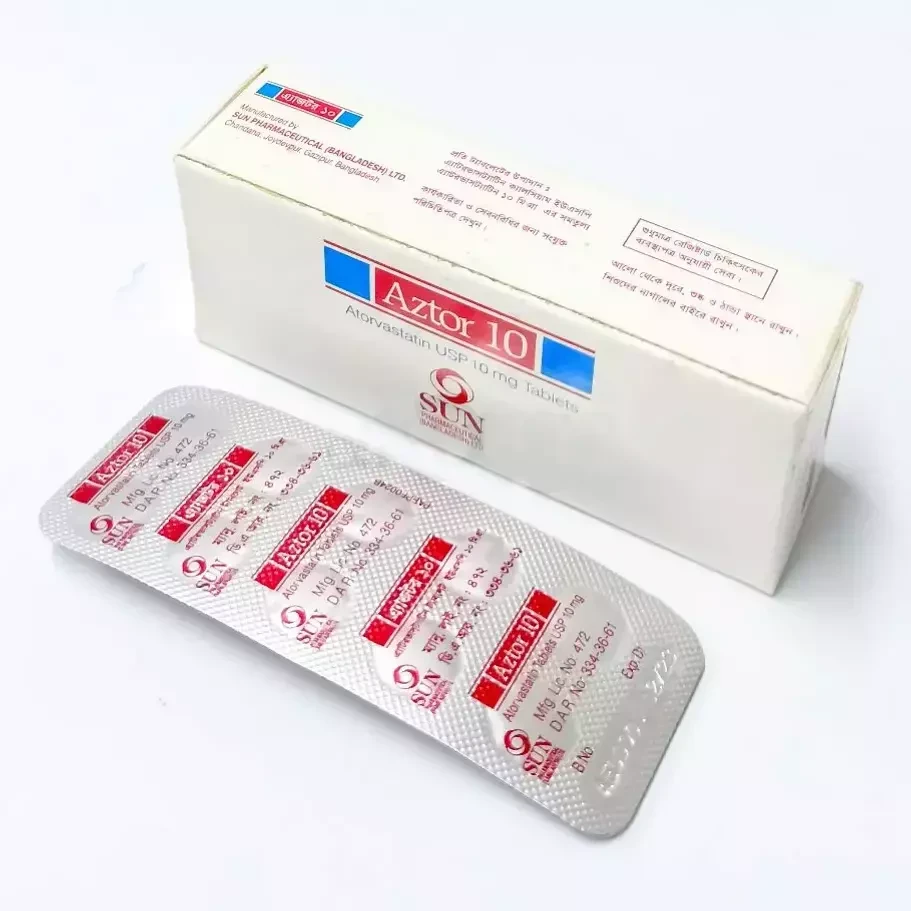
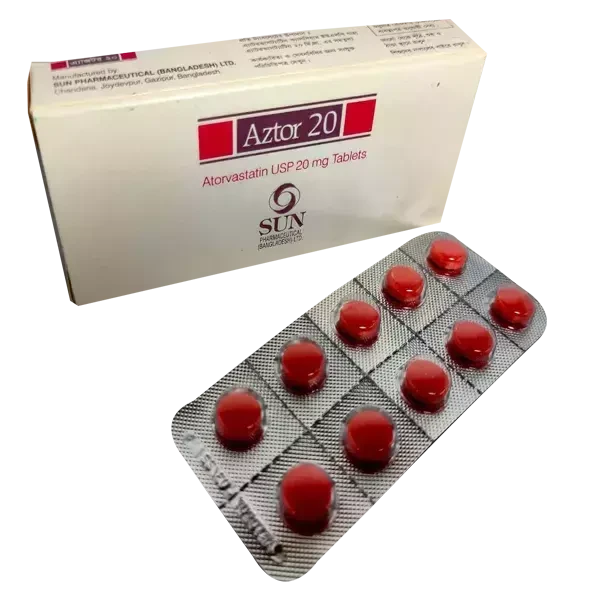
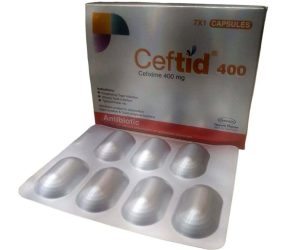
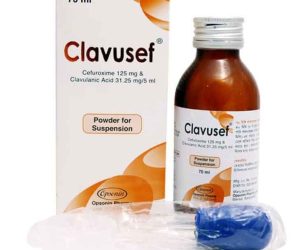
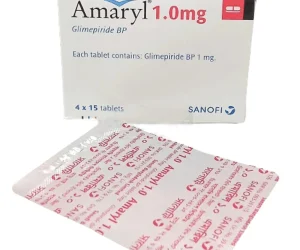
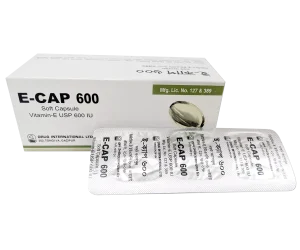
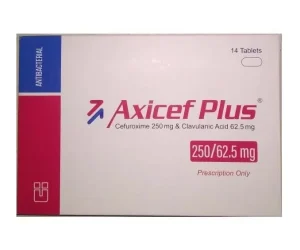
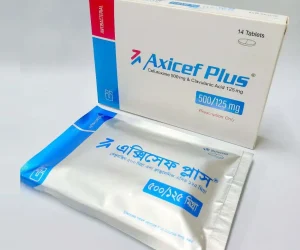
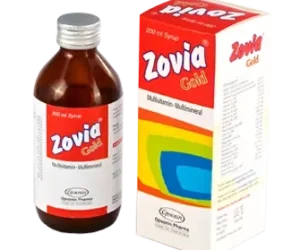
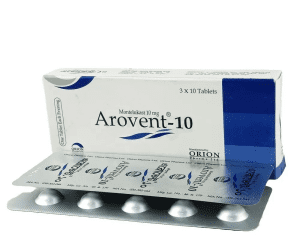

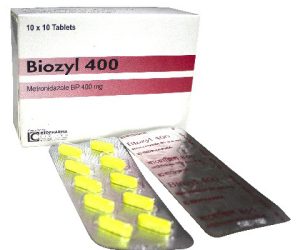
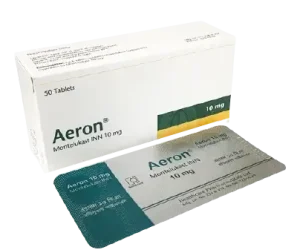
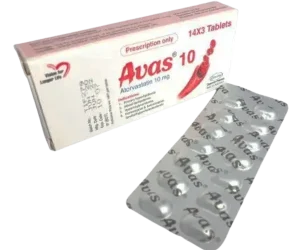
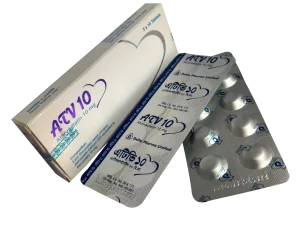
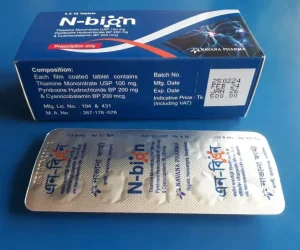
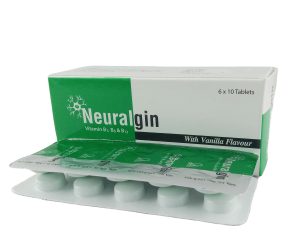



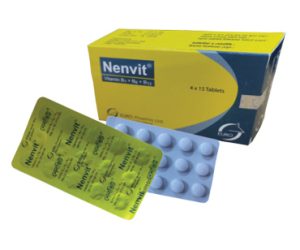
Reviews
There are no reviews yet.